Intricately crafted jadeware, dating back four millennia, helped carve out a blueprint for China's earliest societies, Deng Zhangyu and Zhou Lihua report in Wuhan.
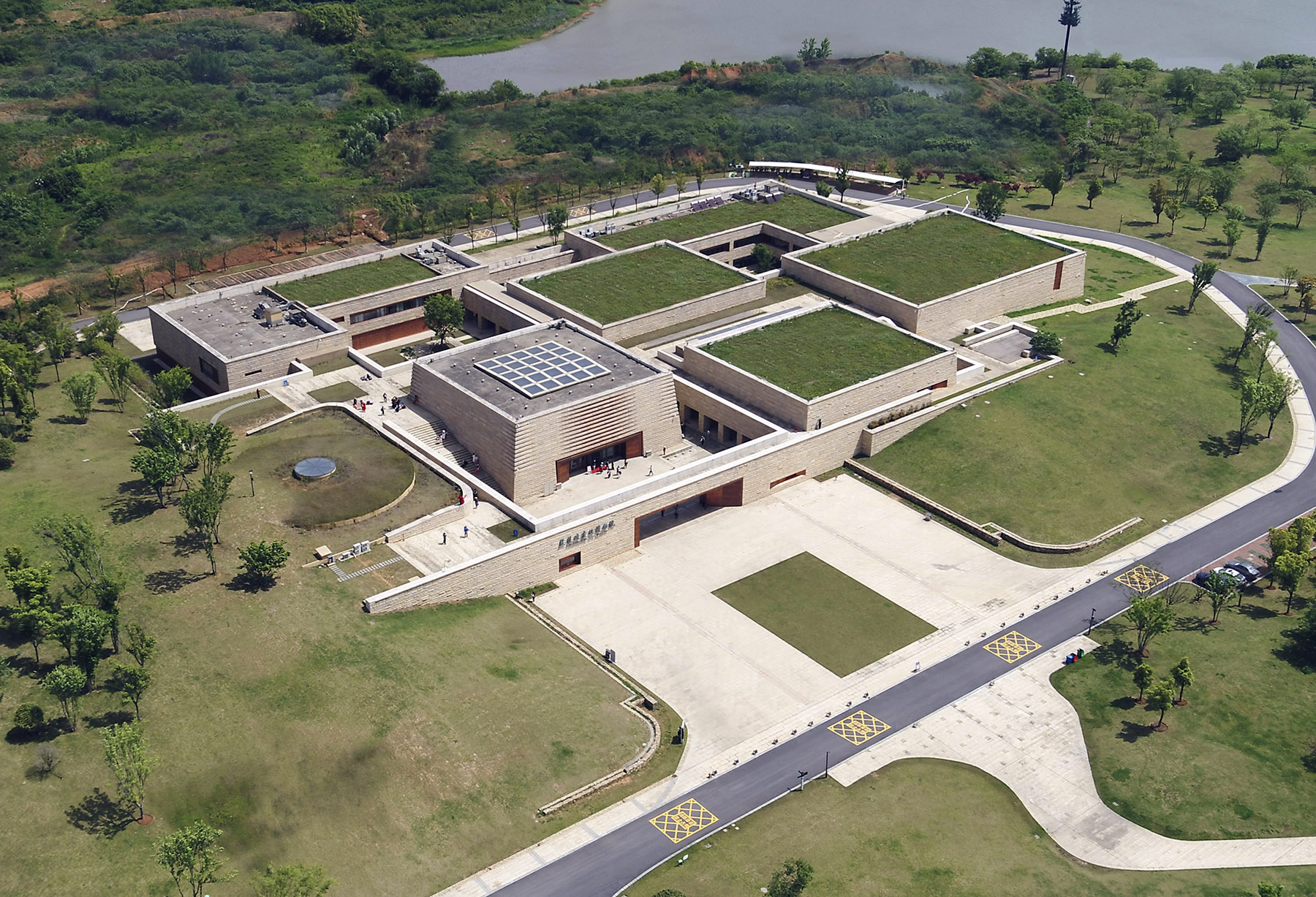
About 4,000 years ago, during the late Neolithic period, a group of people sculpted vivid animals, sophisticated portraits of deities, figurines and divine birds — all from pieces of jade as tiny as a fingernail.
How these prehistoric people produced such intricate jadeware at a time when tools were mostly made from stone is not yet known, but the jade culture of the time reveals not only the highest levels of craftsmanship, but also the development of a glamorous civilization in the middle reaches of the Yangtze River.
The ongoing exhibition, Mythological Jade of Shijiahe Culture, at Panlongcheng Site Museum in Wuhan, central China's Hubei province, offers visitors a rare chance to get a close and full view of jade pieces from a prehistoric civilization that lived around from 5,900 to 3,800 years ago.
On display are 172 sets of jade artifacts and related cultural relics loaned from 21 key museums and cultural institutions across the nation. While the jade pieces are mainly those unearthed at the Shijiahe site in Tianmen, Hubei province, the exhibition also presents relics from southwest China's Sanxingdui culture, east China's Liangzhu culture and Longshan culture from the Yellow River.
"In China, jade pieces have been discovered among the remains of many Neolithic cultures, but only those found in Shijiahe culture had a far-reaching influence on the cultures that followed," says Cheng Mingqian, curator of the exhibition. "The patterns from Shijiahe culture have been found on artifacts made from stone, bronze and jade in other ancient cultures."
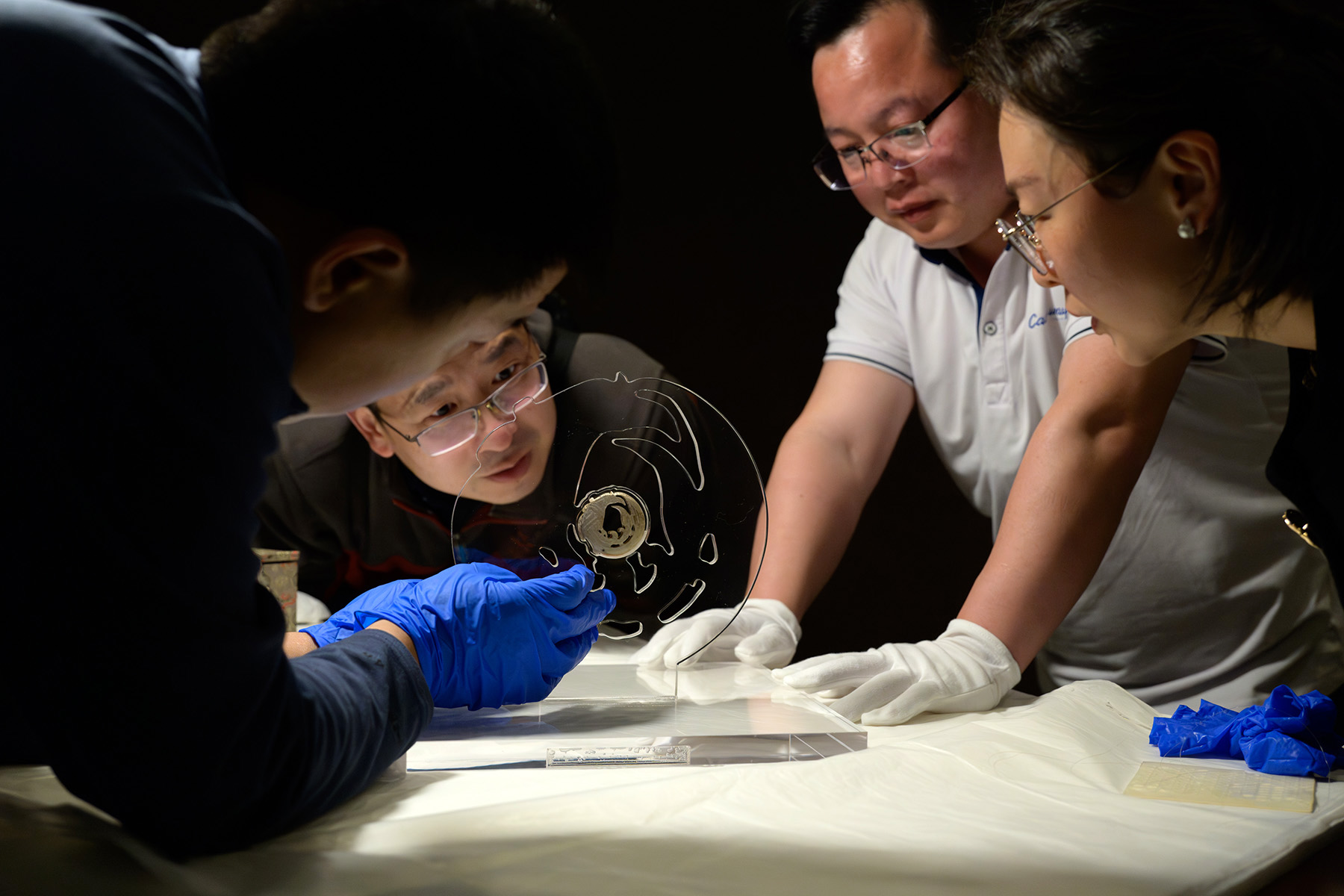
The exhibition consists of three parts: various types of jadeware from Shijiahe culture, the exquisite craftsmanship and advanced techniques of jade making, and the influence of Shijiahe jade culture on others.
In the third section, jade figurines and the faces of deities are juxtaposed with bronze figurines from Sanxingdui culture in Guanghan, Sichuan province, a civilization known for its enigmatic bronzes. Both the jade and bronze figurines share some similarities: they all have bulging eyes and big ears, which means they could see and hear over a long distance, representing a kind of superpower, says Fang Qin, director of the Hubei Provincial Institute of Cultural Relics and Archaeology.
"The bulging eyes and big ears are how prehistoric people imagined their deities and ancestors. The artifacts are believed to have been used in ritual ceremonies to communicate with the gods," adds Fang, who has been conducting archaeological research on Shijiahe culture for decades.
As well as almost identical facial features, their hairstyles and crowns also bear a similarity to each other. The patterns from Shijiahe culture have also been widely found in other prehistoric cultures and subsequent dynasties, which illustrates the diversified unity of Chinese civilization, according to Wan Ling, director of Panlongcheng Site Museum.
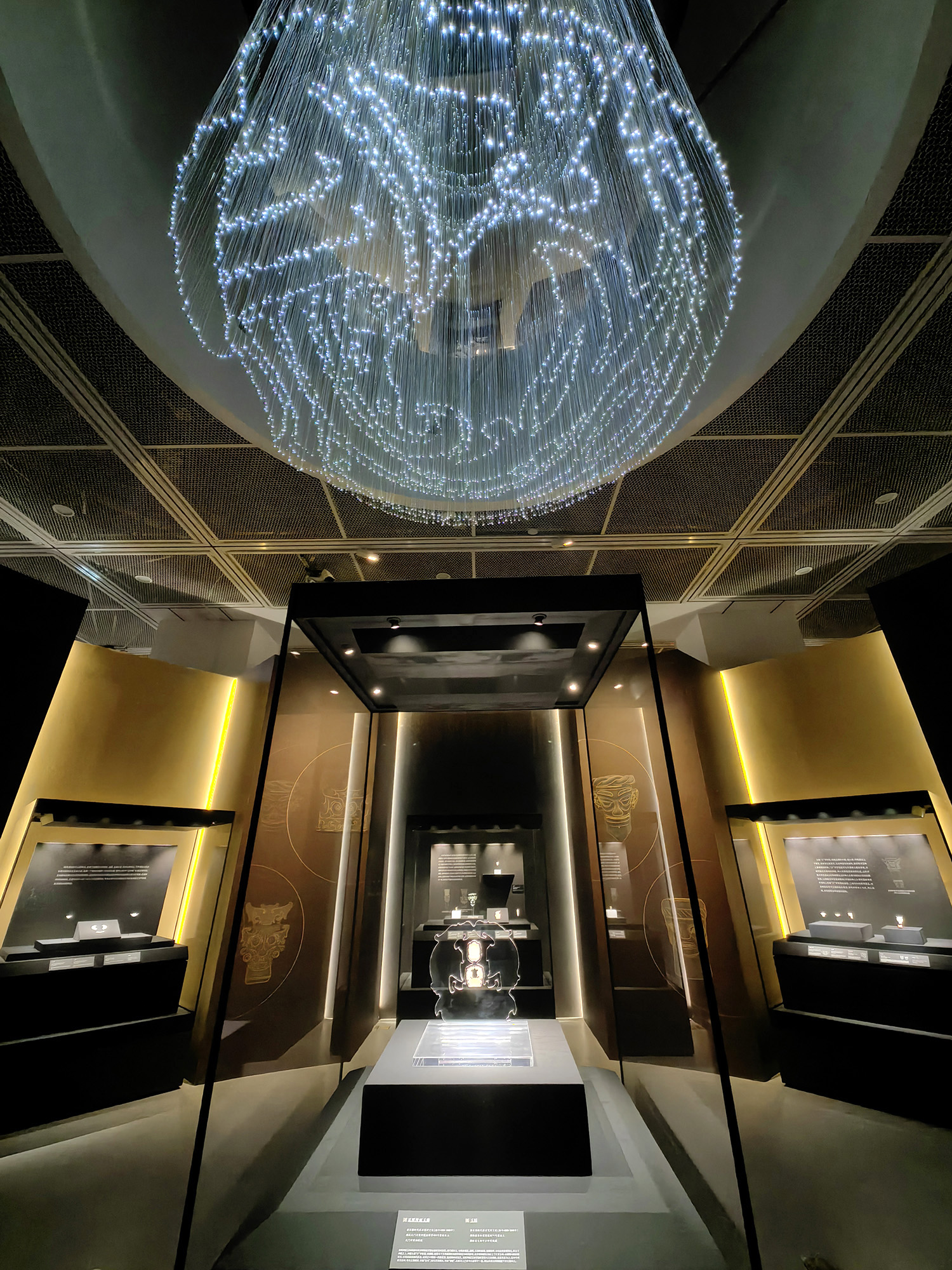
Jade artifacts excavated at the Panlongcheng site, where an ancient city of the Shang Dynasty (c.16th century-11th century BC) existed, also exhibit similarities to those found at Shijiahe.
Wan says that it vividly narrates the cultural interaction and integration among the late Neolithic cultures in various parts of China through the medium of jade.
Many of the jade pieces on display were discovered in the tombs of high-ranking members of society at the time, such as tribal leaders, rulers and military officials, demonstrating the social status of the tombs' owners. Many of them were skillfully sculpted into shapes of animals, such as tigers, eagles, cicadas, phoenixes and dragons.
Jade cicadas were numerous, as they represented the afterlife, and were particularly prevalent at Shijiahe.
Images of the phoenix were also popular motifs on Shijiahe jadeware.
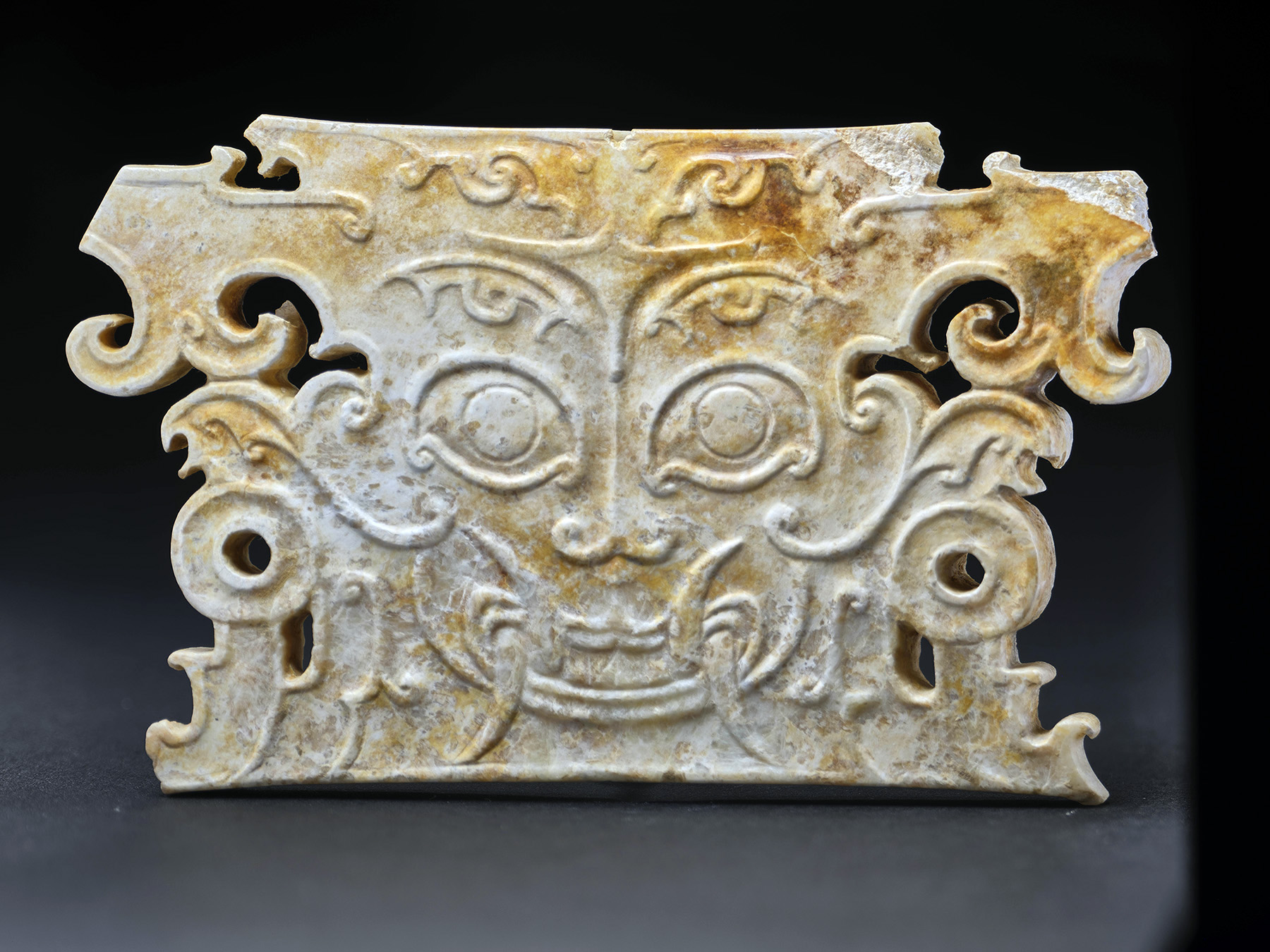
One of the stars of the exhibition is a vivid "circular" jade phoenix loaned from the National Museum of China. With its highly stylized design, it is known as "China's first phoenix".
"For Shijiahe people, birds are of a higher rank than cicadas, a symbol of a higher level. They are divine and sacred, having the power to communicate with deities," says Cheng, the show's curator.
Deity portraits and figurines are also common subjects in Shijiahe jade culture. The jade figurines were regarded as images of the ancient people's ancestors. There were jade pieces featuring two deities' faces connecting with each other, a deity's face with the body of a snake, and a deity's face with two eagles standing on its head.
"Shijiahe people used their creativity and bold imagination to show their worship and respect for nature, their deities and their forefathers," says Cheng.
In addition to their creative designs, the craftsmen's skills were also highly sophisticated. All of these jade pieces are very small, just several centimeters in length, with some being similar in size to a fingernail.
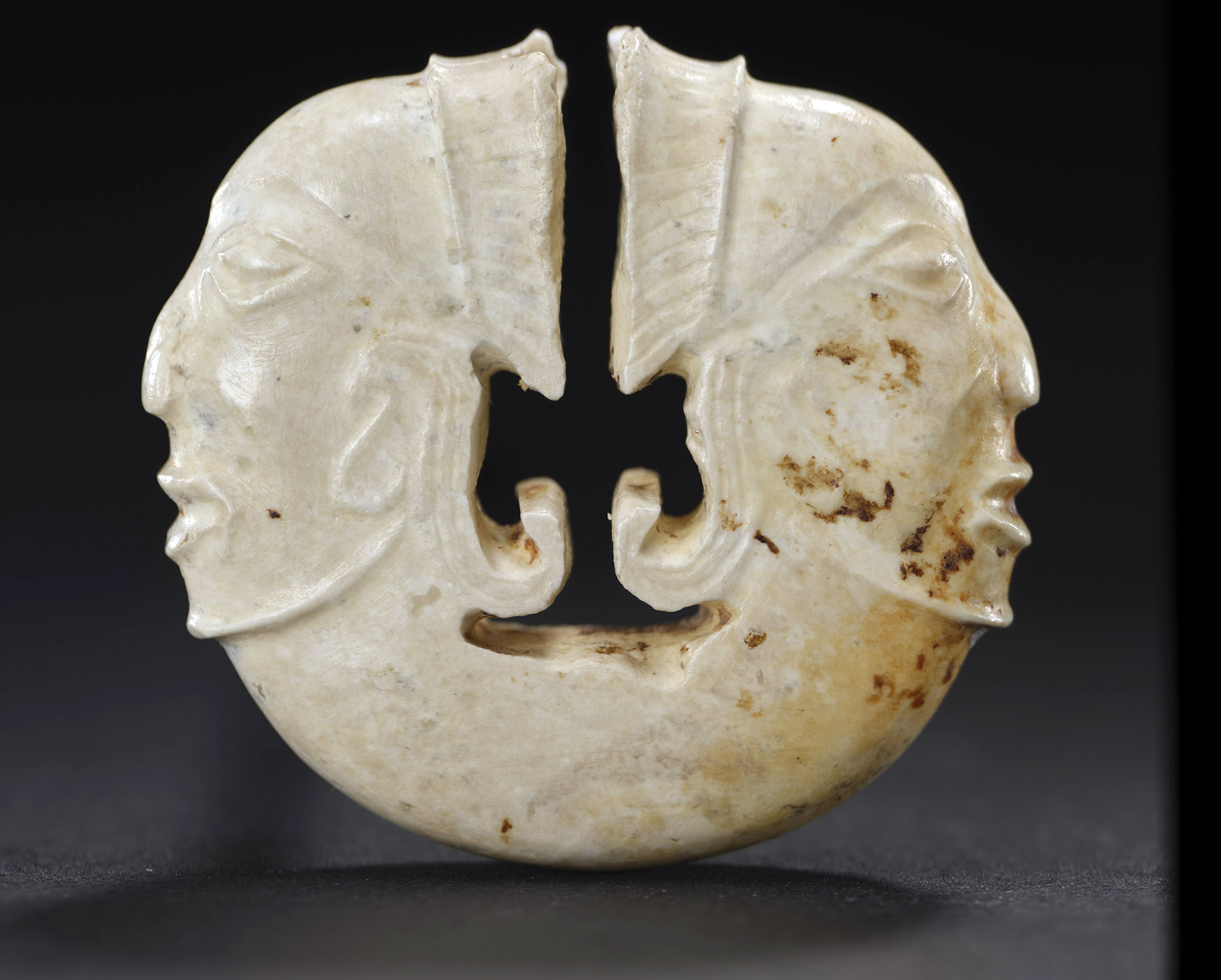
According to the curator, the most challenging aspect of curating the show is figuring out how to ensure that audiences can clearly see these small artifacts within a large exhibition space. Magnifying glasses are placed near some exhibits, and some patterns have been pictured, enlarged and mounted on the walls.
To allow visitors to view the reverse side of certain jade objects, the exhibits are arranged at an angle. Upon closer inspection, visitors can discern that the intricate lines were not merely drawn, but meticulously sculpted and carved.
"We don't know how the Neolithic people made these exquisite jade items in such a small size. They're so marvelous," says Cheng.
This exhibition is the first dedicated showcase of jade artifacts from the Shijiahe culture, which boasts an enduring culture spanning around 2,000 years. The Shijiahe site in Tianmen is recognized as one of the largest cities of its time in the country, with the greatest number of surrounding settlement clusters in the middle reaches of the Yangtze River during the late Neolithic period.
To date, only several hundred jade objects of Shijiahe culture have been unearthed, and are scattered among the collections of various museums across the nation. Some cultural institutions possess only two or three pieces, and have loaned them out to support the exhibition.
"We are really thankful to those institutions for supporting us. We all know it's an important and challenging exhibition. Visitors will be able to understand the unity of Chinese civilization through the development of its jade culture during that prehistoric period," says Wan.
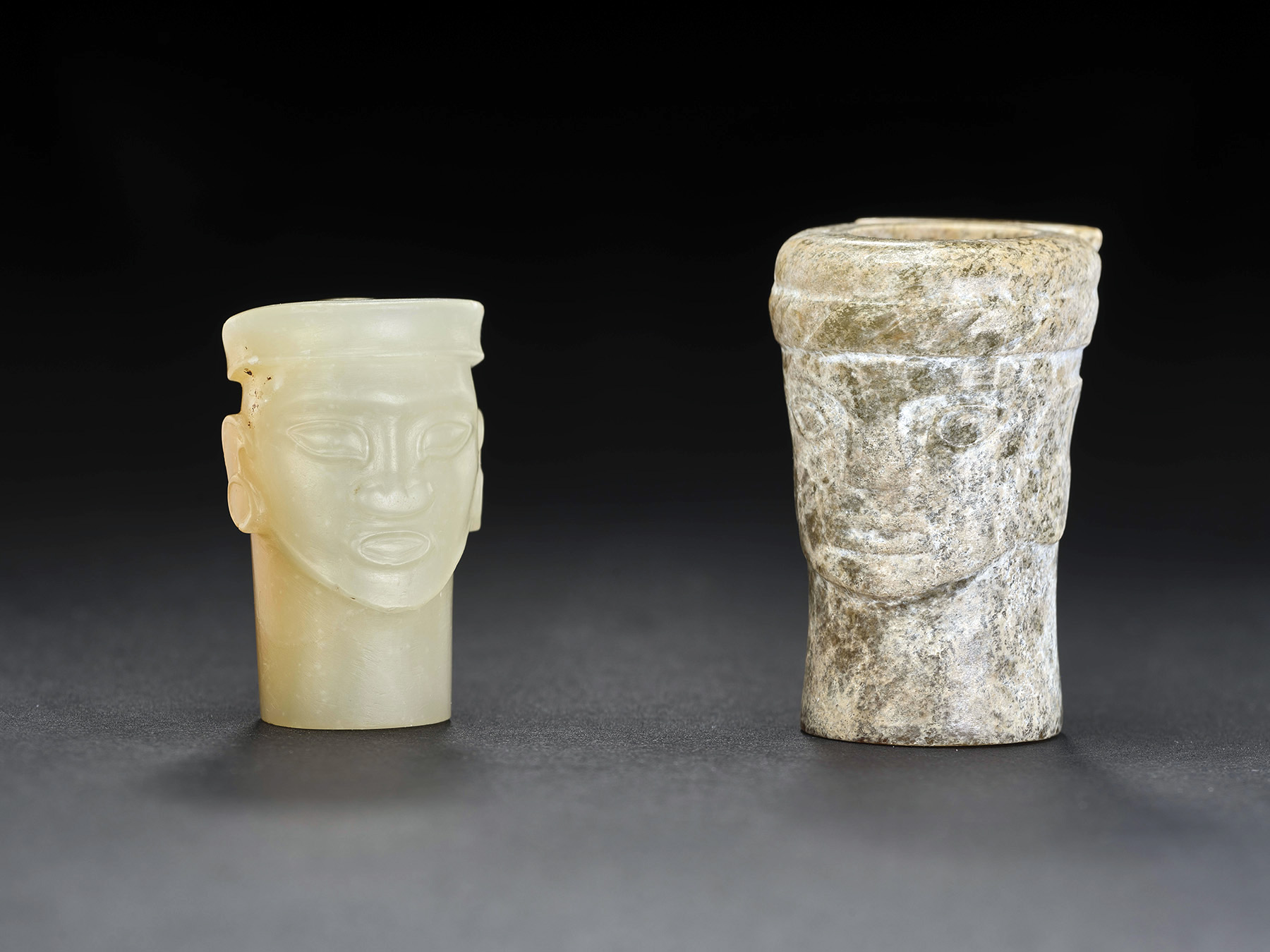
In recent years, the Panlongcheng Site Museum in Wuhan has been devoted to presenting high-quality exhibitions to the public. These carefully curated exhibitions are ticketed at 30 yuan ($4), setting them apart from the permanent free displays available to the public. Most of China's museums charge no fee for entry. Since the museum opened to the public in 2019, it has held two such dedicated exhibitions every year.
"We are aiming to cultivate niche markets and audiences, particularly those who have a deep understanding of culture and archaeology. These discerning individuals are the targeted audience for these high-quality exhibitions, which focus on illustrating the stories behind these relics," explains Wan.
The museum is located at the Panlongcheng site, where excavation is still ongoing and many of its team members are young archaeologists who have great passion for their career.
"Our team will keep presenting shows focusing on the culture in the middle reaches of the Yangtze River," says Wan.
Contact the writers at dengzhangyu@chinadaily.com.cn


